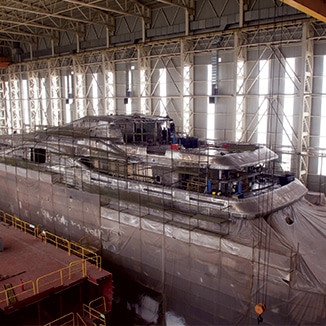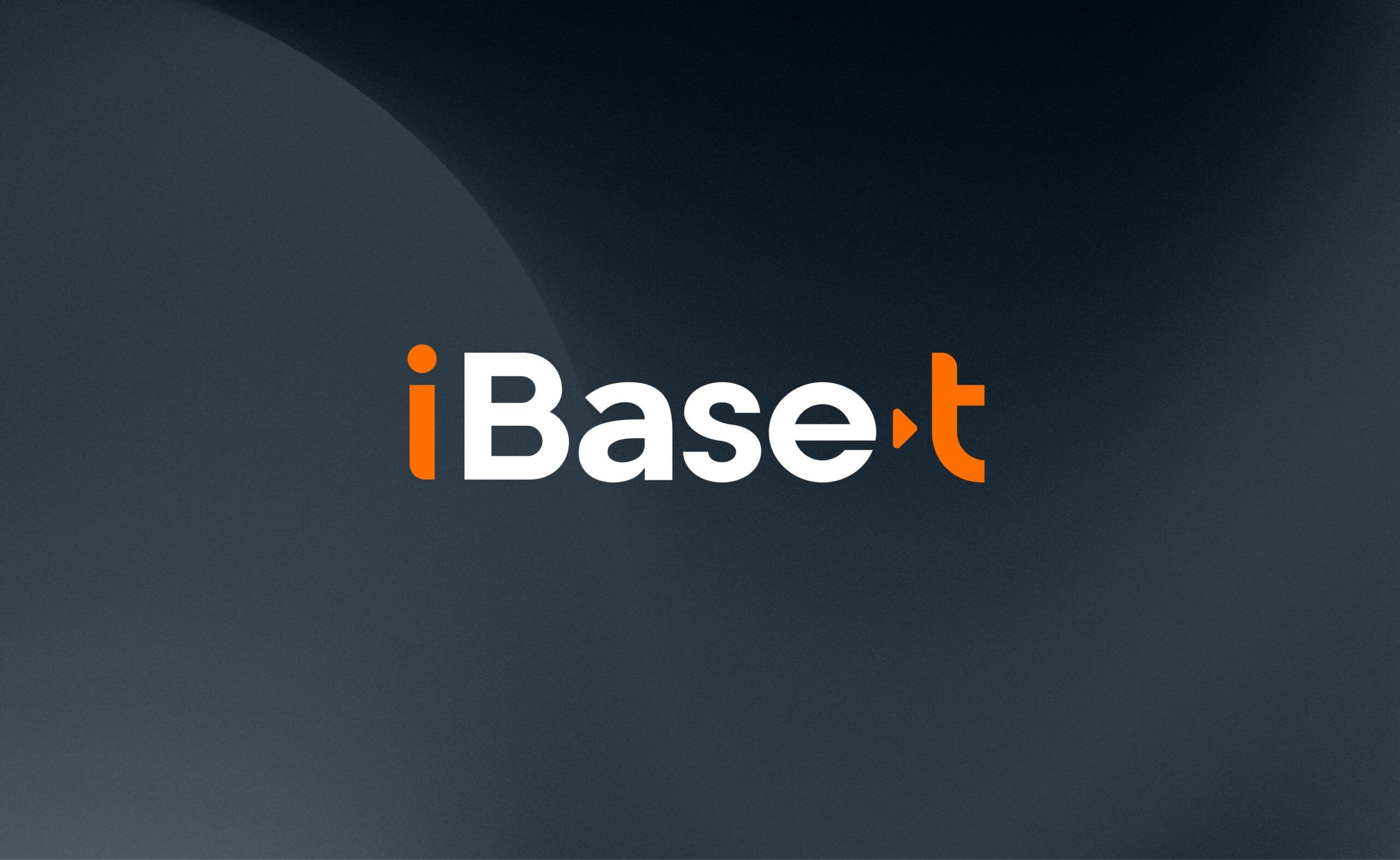Increasing threats around the world necessitate a greater military footprint. For shipbuilders, this means an increasing demand to build ships faster to meet the demand for new and upgraded vessels, as well as to upgrade existing ships faster to incorporate the latest defense and automation technologies.
How Can Shipyard Operations Meet Increasing Demand
One asset that shipbuilders can leverage is information technology, which continues to advance at an astonishing rate. Specifically, shipyards can benefit from adopting new information systems that connect equipment, people and processes in new ways for increased efficiencies manufacturing, sustainment, and overhaul operations.
How Software Can Help Shipbuilders Overcome Bottlenecks
To keep up with growing demand while delivering projects on time and on budget, shipyard processes need to be streamlined and bottlenecks minimized by reducing redundancies and moving from sequential paper-based steps to automated parallel ones. For example, work teams can be empowered and made more efficient through better guidance delivered in interactive work instructions. This can improve engagement, performance, and motivation while supporting workforce adoption of (and the cultural orientation towards) technology adoption.
While such initiatives have fast ROI and help meet the goals of efficient response to growing and volatile demand, there are a number of factors that act to constrain their adoption, including:
- Programs with very long lifetimes
- Complex and strict regulation of procedures
- Complex, fragmented supply chains
- A traditional culture resistant to change
SOPs Can Prevent Growth
Activities in most shipyards are set by standard operating procedures (SOPs). SOPs cover everything and evolve very slowly, that slow pace is also a significant barrier to keeping pace with technology. The fact is, in a culture where “If it ain’t broke, don’t fix it” is a commonly heard mantra, what’s needed is a new one: “Fix it, even if it doesn’t seem broken.”
Moving Towards Digital Transformation
Shipyards need to modernize practices and leverage digital technologies to take operations to new levels of productivity. The convergence of technologies enabled by the new model-based enterprise (MBE) philosophy leverage engineering 3D models throughout Maintenance, Repair, and Overhaul (MRO) (sustainment) processes. In this new digital environment, shipyards can take advantage of emerging technologies such as connected product and equipment, optimized 3D illustrated work packages, inspection drones, augmented reality, and improved intelligence to create a new IT platform and reach new levels of productivity.
Key among these enabling technologies:
- Embedded Sensor and Diagnostic Connectivity: Thanks to affordable connection-enabled sensors, and powerful data processing systems, shipyards can start making processes smarter and leaner by performing maintenance when and where it is really needed, based on usage and diagnostics instead of a fixed arbitrary schedule.
- Digital Thread: This is the communication framework that allows a connected data flow and integrated view of the asset’s data throughout its lifecycle across traditionally siloed functional perspectives. The digital thread concept raises the bar for delivering “the right information to the right place at the right time.”
- Augmented Reality: Work instructions are taken to the next level when advanced guidance is provided through augmented reality (AR) layers, 3D images, and virtual objects on top of the real-world view through mobile tools such as smart glasses or hand-held tablet computers.
Implementation and integration of these new digital tools requires committed support, including C-level and managerial backing of innovative processes, disciplined change management, an investment in workforce training, and development for new skillsets and processes.
By creating a digital thread for change management, iBase-t’s Solumina goes beyond the provision of technical work documents to facilitate transformation through a collaborative workflow that links processes across the shipbuilding organization.
For more information, download the iBase-t Shipbuilding Solutions Overview.




